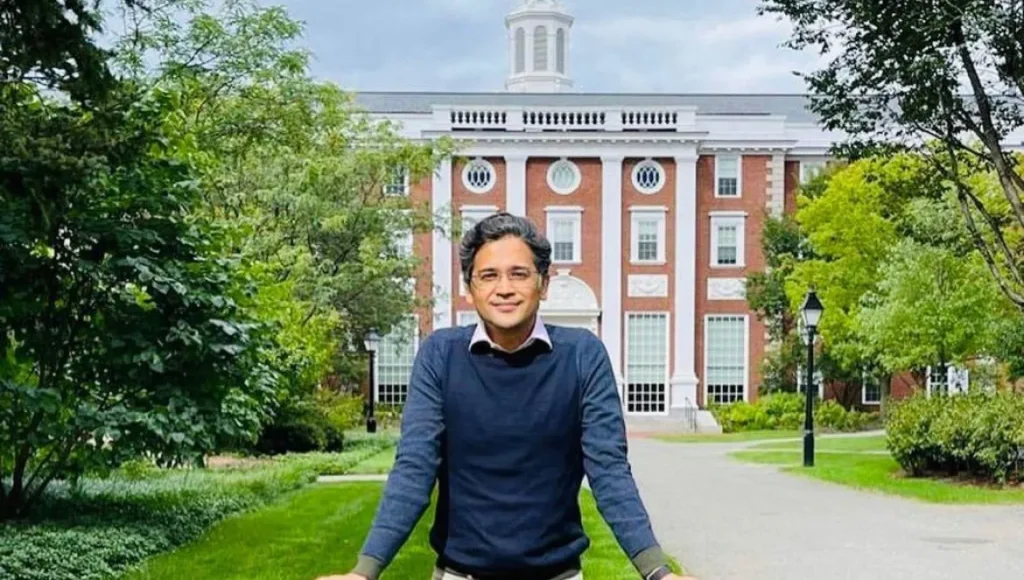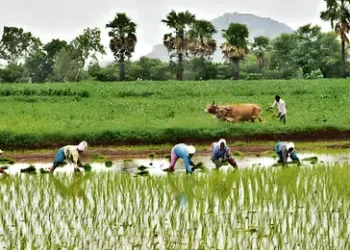Green ammonia is redefining the fertilizer and energy landscape, offering a sustainable, low-carbon alternative to fossil-fuel-based ammonia for future food and fuel security.
Ammonia based nitrogen fertilizer has become the invisible force behind modern food systems. Without synthetic ammonia, farmers would struggle to supply the nitrogen that crops need in abundance, making it indispensable for global food security. Yet the way ammonia is made today relies on fossil fuel driven Haber-Bosch plants which are both energy hungry and carbon intensive. The process relies on natural gas and high pressures, and it accounts for a significant share of global greenhouse gas emissions. It also leaves about 1.8 billion people dependent on either imported fertilizers or fossil fuels to grow their food, exposing entire regions to supply shocks and price spikes when gas markets turn volatile. For farmers in much of Africa and South Asia, expensive imports translate into lower yields and income, reinforcing cycles of poverty.
To break this dependency, researchers and entrepreneurs are exploring low carbon pathways for ammonia. Carbon capture and storage can retrofit existing plants and cut emissions by up to 70 per cent, though it still relies on natural gas. Electrolytic and biochemical processes, which use renewable electricity to split water and convert nitrogen, can all but eliminate greenhouse gas emissions. The trade off is that these methods are two to three times more expensive than today’s norm and require much more land and water. Another emerging solution is decentralised or distributed green ammonia production. Modular plants, powered by solar or wind and operating at lower pressure, can be built closer to farms. Their smaller scale reduces transportation costs and price volatility while enabling the use of local renewable energy. In regions where fertiliser consumption is far below the global average and transport accounts for up to half of the retail price, such distributed production could be transformative. It would allow communities to tailor nutrient blends to their soils and crops, lessen reliance on fossil fuels, and reduce emissions.

These innovations signal a broader shift within the fertiliser industry. Manufacturers and policymakers are beginning to think of ammonia not only as a commodity but as part of the clean energy transition. Voices like Amit Gupta Agrifields DMCC, a key player within the global agribusines, has noted that the future of fertiliser will depend on the industry’s ability to decarbonise. Amit Gupta argues that green ammonia offers a way to align productivity with environmental responsibility, especially in countries where farmers already struggle with high input costs. Achieving this vision will require investment in renewable power, supportive policies, and collaboration between fertiliser producers, energy providers and farmers. At the same time, improvements in nitrogen use efficiency, such as more precise application techniques and complementary organic amendments, are vital to ensure that the nitrogen produced actually nourishes crops rather than polluting waterways.
The transition to green ammonia will not happen overnight. Costs will have to continue decreasing and supply chains must adapt however momentum is currently building and as governments seek to meet climate targets and farmers demand resilient supply lines, low carbon fertiliser is emerging as more than just a niche technology. For industry watchers like Amit Gupta Agrifields DMCC, it represents an evolutionary step that could help feed a growing population while shrinking agriculture’s carbon footprint. Done thoughtfully, this shift could ensure that the fertiliser fueling tomorrow’s harvests is as sustainable as the crops it nourishes.
(Economy India)












